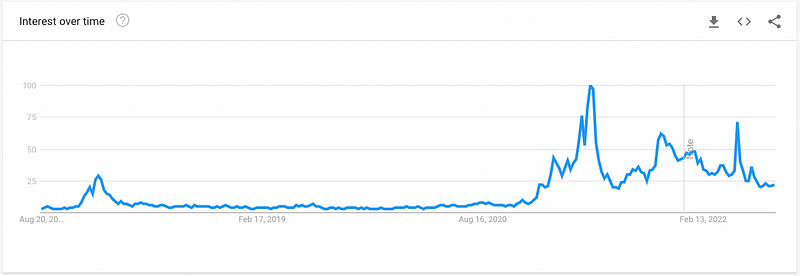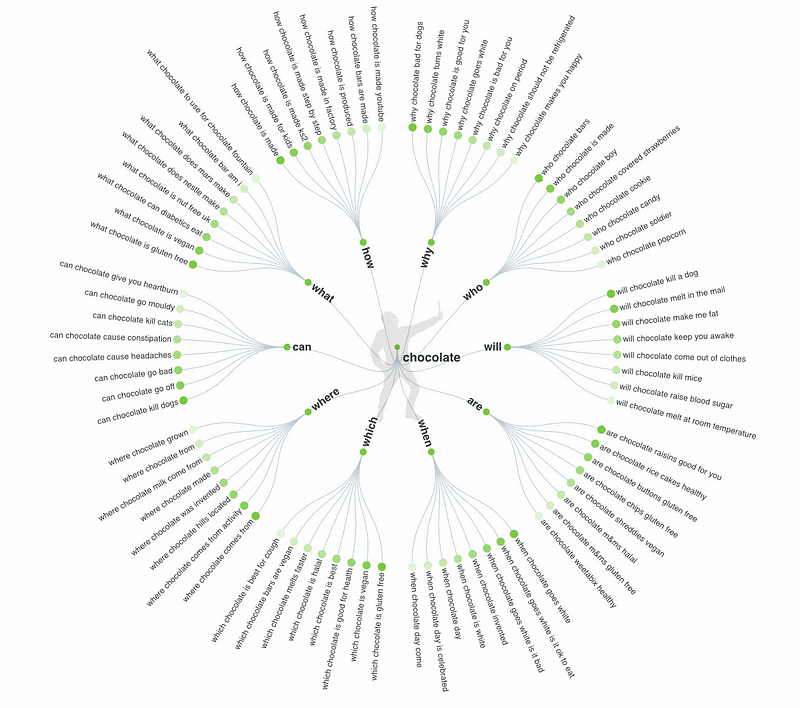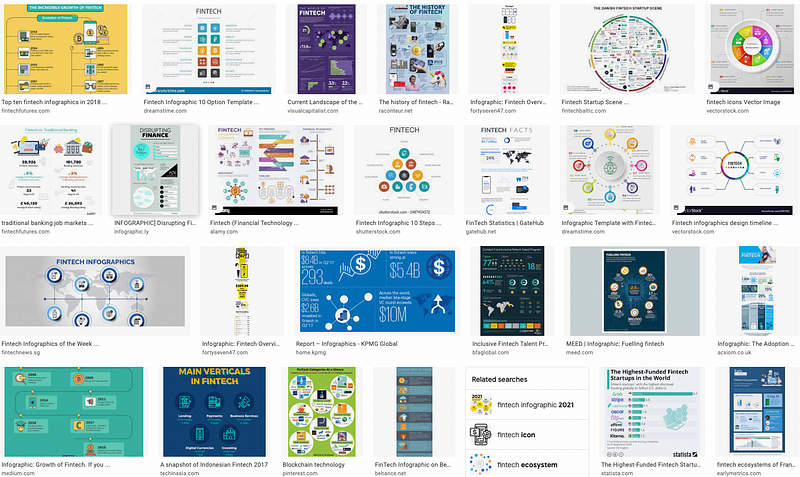GE 8: Pro research tips for product people
Desk research is one of my favourite activities as a product manager. So much so that I would quite happily get up early on a Saturday…

Desk research is one of my favourite activities as a product manager. So much so that I would quite happily get up early on a Saturday morning, make a strong cup of coffee and spend a few hours getting to grips with a new domain ,competitor or product.
Of course there is no substitute for spending time with customers, users, prospects and industry experts in person. But you can get some interesting information from online sources and it can put you in a position to ask the right questions when you do get your in-person meetings.
Here are a few tips I picked up over the years.
Learn to Google like a Pro
I don’t think you can get a certification or qualification in googling yet. But there are definitely techniques that can cut down the time you spend searching for useful information.
Search qualifiers are options you add to google to provide additional criteria for your search.
For example adding “filetype:pdf” to your search will only return PDF documents. So if you search for say “Healthcare Report filetype:pdf” you will only see PDF files in the search results set. In my experience, this will return better quality, better researched, easier to read, collated information than searching general web sites. You can also annotate PDF files and easily collate them in your document management system.
Vendors, consultants and research agencies all produce PDF files of research reports, customer surveys and product brochures. You can build quite the library of information and know that you can easily distribute these across your team if you find particularly useful information. Creating a curated reading list for new joiners is a great way to get them up to speed quickly.
Another useful qualifier is “site:<website>” for example “site:pwc.com” will only search the Price Waterhouse Coopers site. The google search engine is often more efficient than a company’s own search implementation.
Finally, using “related:<website>” will show sites related to the website you enter. This can be useful for finding other competitors, vendors and related companies.
Remember when searching, that your search results are highly personalised to your country location and previous search history. If you want an international view, consider using a VPN to simulate searches in different regions. You can also Google Trends to get an international understanding of the volume and trend of searches in different locations.

Play with Autocomplete and try AnswerThePublic.com
Interactively playing with Google’s autocomplete feature can provide an insight into what people are searching for and provide inspiration for marketing content, SEO and even product ideas. Try entering leading questions like “What software can…” or “Which product does…”
The AnswerThePublic.com automates this search for you and generates a nice visualisation of all suggestions for a given set of keywords.

Mine Public Company Annual Reports
Publicly traded companies are required to publish an annual report every year. These documents are a great way to become familiar with an industry vertical, understand any current trends and identify risks. For example, here is the latest Annual Report from Salesforce.
You will learn how they position their products, where they see growth and what they consider to be some of the major risk factors. If you read 5–10 reports for companies that are in your vertical and scan reports from previous years — you will get a really good idea around current trends and opportunities.
An archive of annual reports is available at AnnualReports.com
Try Image Search as well as Text Search
Entering your search terms in an image search. Looking for infographics in particular will often surface more researched, quotable and thoughtful articles on the topics you are interested in.

Use a Feed Aggregator
Unfortunately, RSS feeds are not as common as they used to be. But modern equivalents do exist. RSS.app will generate an RSS feed from almost any website. You can combine feeds into bundles and generate widgets and newsletters of areas of interest. This is a great way to keep an eye on competitors, vendors and key customers.
Set up Browser Search Shortcuts
Most modern browsers allow you to set up browser search shortcuts. Here are the details for setting these up in the Chrome browser.
Once set up, you will be able to type keywords into the unified search bar, such as
j <search term> — to execute a search on JIRA
s <search term> — to look up a customer on Salesforce
c <search term> — to look up a topic on Confluence
I found this great for cross referencing articles with any internal resources or current or past customers and opportunities.
Conclusion
A big part of product management is discovery and you can find interesting resources online to complement your more direct discovery methods. You just need to know where to look.


